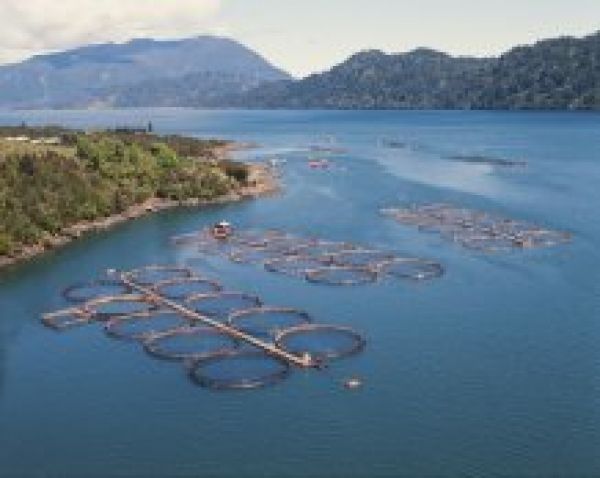Scientists have developed a new way to identify and reduce the impact of chemicals and diseases in global aquaculture (fish farming).
Aquaculture already provides about half of all seafood consumed by humans, and by 2050 it is expected to provide as much as 70%.
In 2020 seafood consumption reached an all-time high, and sustainable aquaculture is playing a vital role in this "blue food" revolution.
In a new paper, scientists from Cefas (Centre for Environment, Fisheries and Aquaculture Science) and the University of Exeter describe a Seafood Risk Tool to support the development of sustainable aquaculture.
"Much of the discourse relating to sustainability of aquaculture has focussed on the potential impact of the sector on the natural systems in which it operates," said co-lead author Professor Grant Stentiford, from Cefas.
"Whilst this is entirely appropriate, given the intricate relationship between aquatic organisms and their environment, the wide array of hazards in that environment and, our increasing reliance on aquaculture to provision our seafood, it is timely to also place emphasis on creating an enabling aquatic environment where the sector has greatest chance of succeeding.
Read more at: University of Exeter
Salmon farm in Chile (Photo Credit: University of Exeter)


